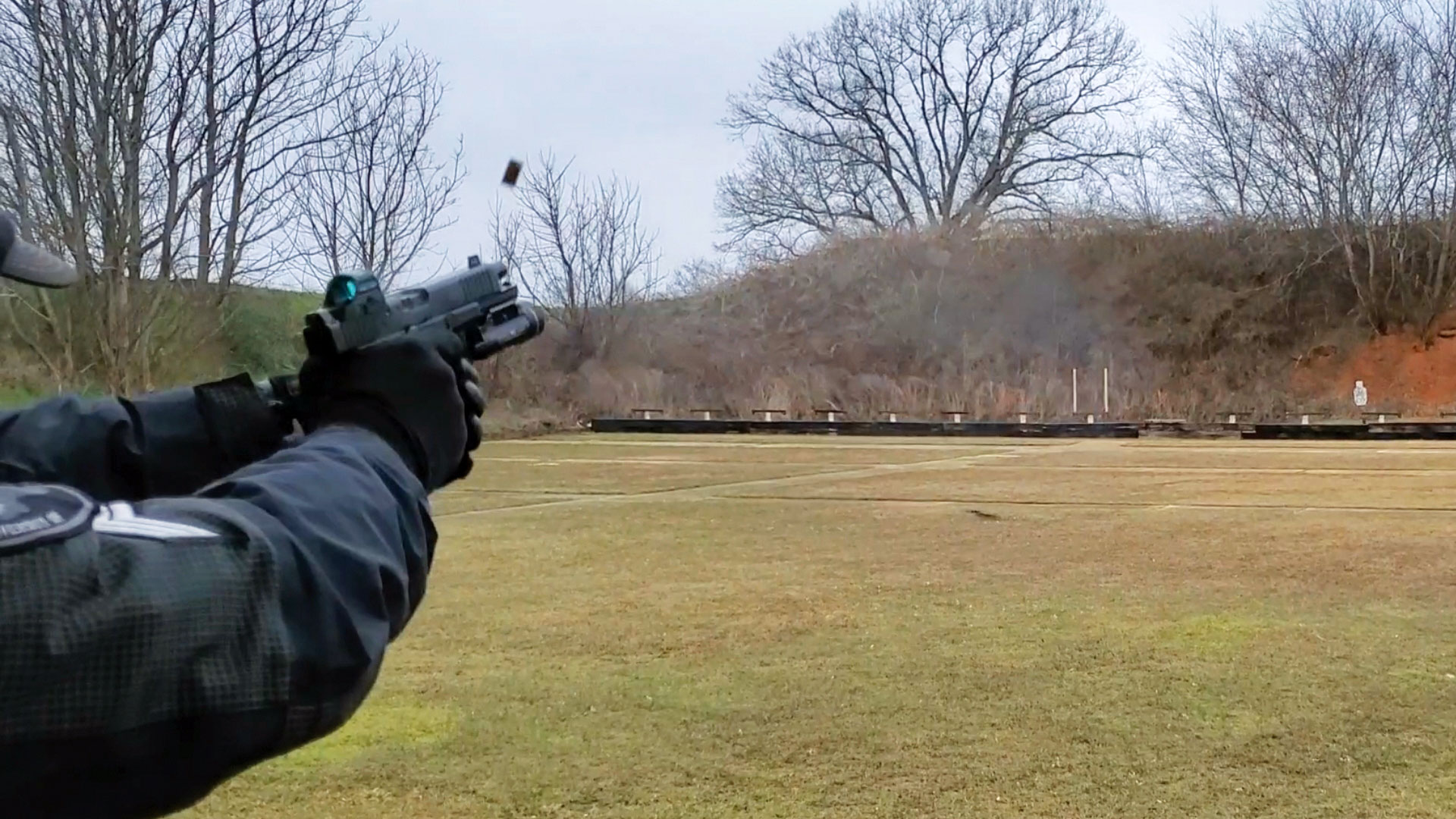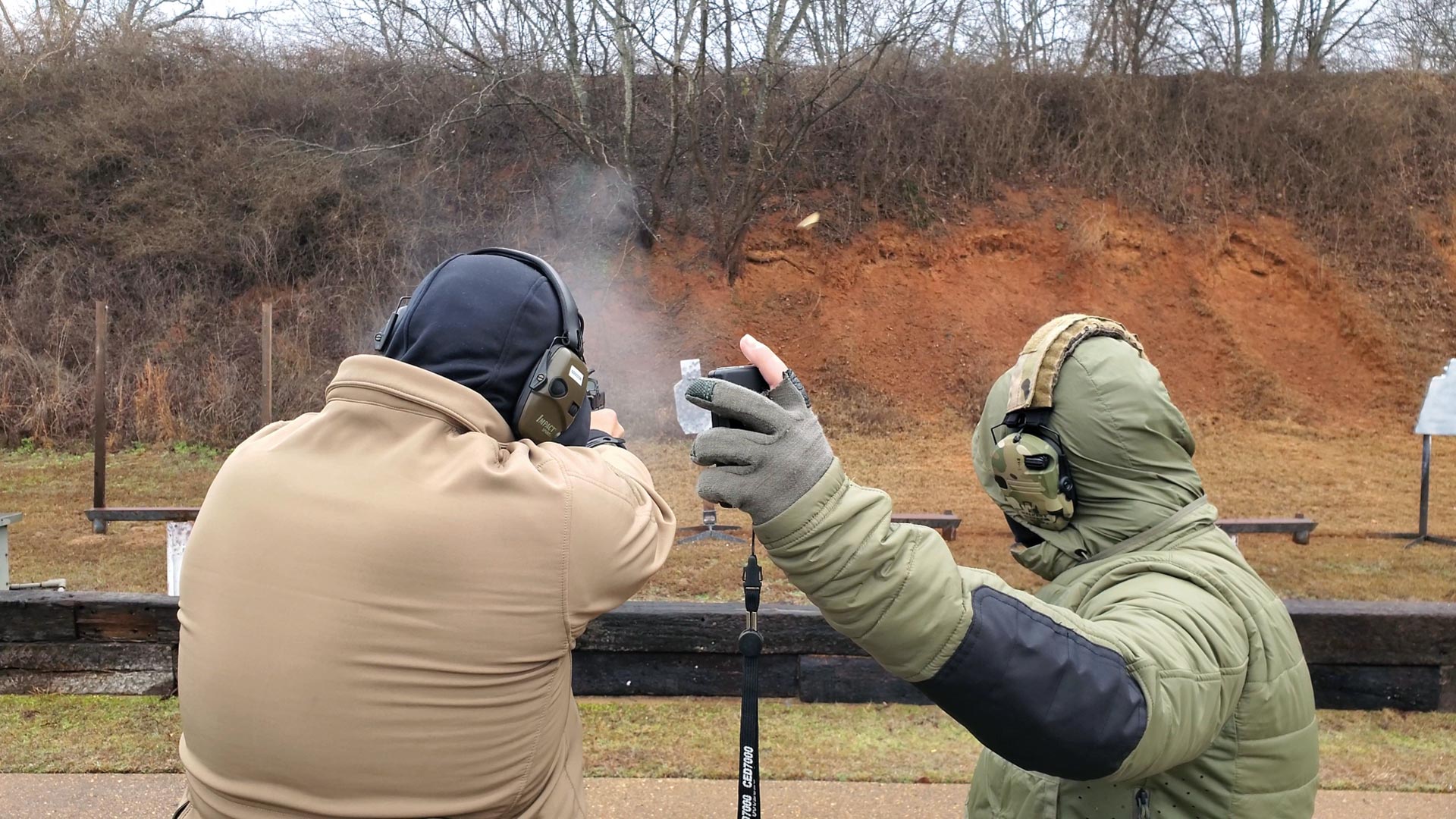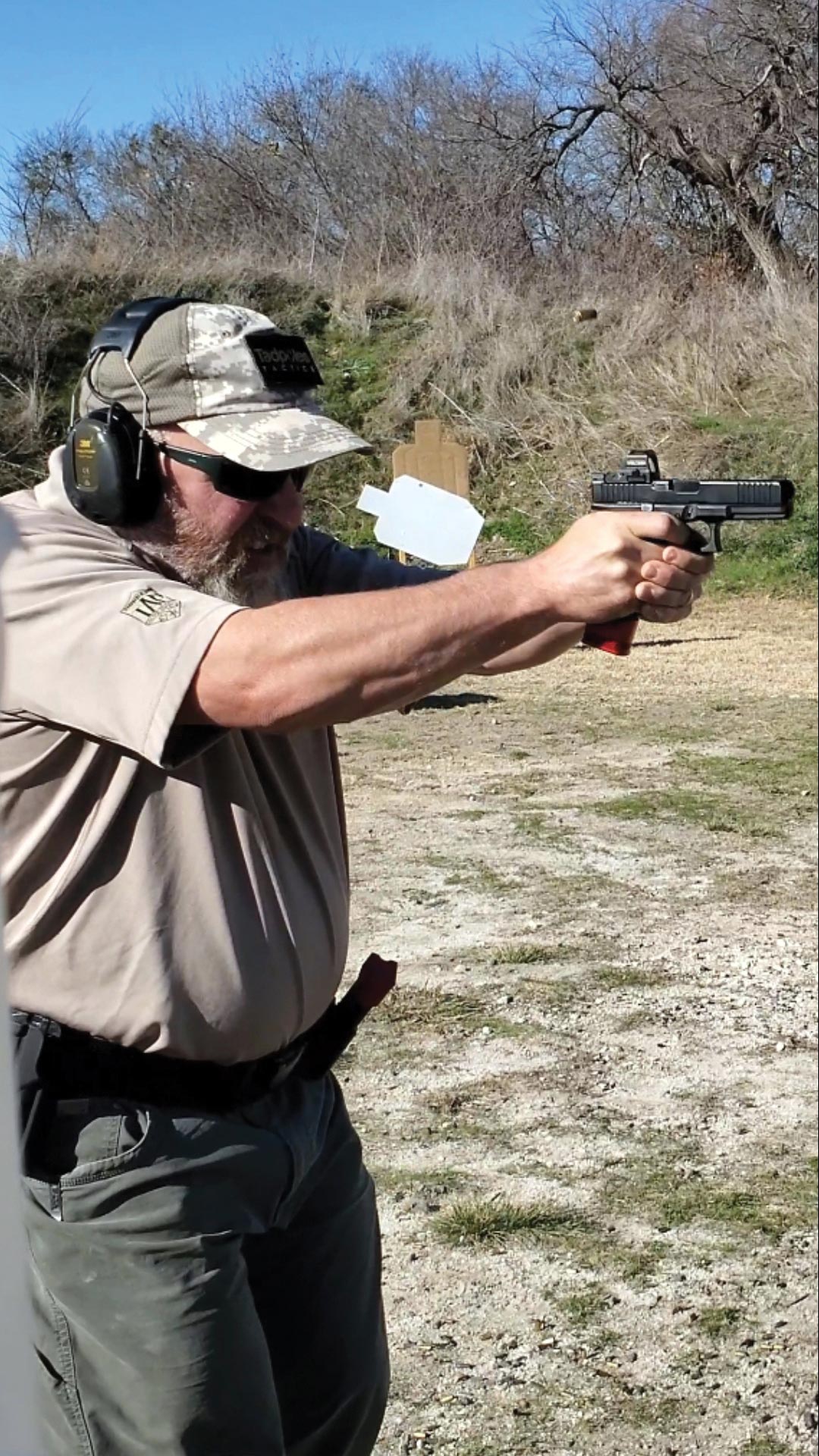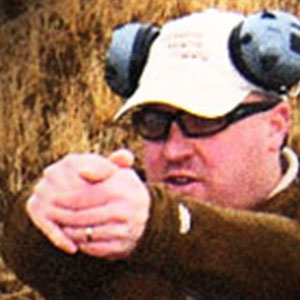[ad_1]

Making the transition to pistol-mounted optics is a decision requiring a significant amount of information to ensure the best decisions are made for our officers and departments. It’s not as simple as bolting an optic to your slide and hitting the streets to fight crime. A department that takes this approach is setting officers up for failure.
Adding pistol-mounted optics to the equipment list is an expensive proposition. The cost of a duty-ready optic will double the cost of the handgun, but that isn’t the only money factor. Add in the cost of training instructors and officers, as well as the additional time taken by staff to craft the policies and procedures related to pistol-mounted optics, and you can see this is an issue to be taken seriously.
Develop training to ensure officers can comfortably, confidently and competently deploy this system to defend their lives and the lives of others.
Train the trainers
This whole process should start with getting your firearm instructors trained up. I recommend sending your firearm training team to a pistol-mounted optics instructor course before making any other decisions. This way, you are getting the best information possible right from the start. Nothing will derail your program faster than making bad decisions from the beginning.
Send them to a class where they can see a variety of optics, holsters and mounting options, so the decision-making process can be undertaken with solid information instead of wild shots in the dark. After training, instructors can provide advice and guidance on choosing an optic, holster and mounting options. They should be able to help with maintenance and policy recommendations, too.

Decisions, decisions
Let’s start with equipment decisions, since this is arguably the most interesting part of the process. There are several duty-ready optics available today that will serve you and your department well. A great place to start is by contacting your law enforcement sales representative from each of the major manufacturers. They can help by providing technical data, but they can also arrange for some test and evaluation (T&E) units for that hands-on experience.
Along with choosing between different brands, there is the decision of whether to choose an enclosed or open-emitter optic. Open-emitter optics are lighter, smaller and more compact. There are several popular options available, and they are the most common found in duty belts today. These designs are rugged, reliable and street-proven. The drawback to open-emitter designs is that there is potential for debris such as dirt, mud and snow to get inside the optic, obscuring the window or blocking the emitter.
Enclosed-emitter optics are larger and bulkier because of their design. They are a bit heavier, but I haven’t seen any difference in handgun operation or reliability using these optics. The advantage to an enclosed emitter is that if mud or snow gets on the optic, it can be quickly wiped off, even under stress. Ultimately, I believe this is the direction duty optics are going to move in the future, but at this point, the number of choices is limited compared to open-emitter models.
Don’t forget the mounting system. Are you going to use a mounting plate, or are you going to have slides milled to fit your optic of choice? There are pros and cons to each choice. If you use a mounting plate, make sure your selection is tough enough to stand up to the rigors of duty use, including the use of the optic to run the slide during one-hand reloads and malfunction clearance drills. Milling the slide to fit the optic provides the best fit and finish and the lowest mechanical offset if it’s done by a reputable company. I’ve seen the results from Uncle Bobby’s Machine Shop, and I wouldn’t trust my life to his work. Choose a company that knows what it’s doing, instead of a guy down the street who wants to demonstrate his work by saying, “Hold my beer!”
When it comes to holster selection, there are many quality holsters available to cover a wide variety of handgun/optic combinations. Again, contact the law enforcement sales representatives from each manufacturer to obtain information and T&E units. When you do get your hands on these holsters, don’t forget to test their durability. It’s easy to remember to test them on the range, but it’s equally important to test how well they stand up to full-speed weapon-retention training. I have been known to give duty holsters to instructors with a challenge to break them in defensive tactics training.
Making your optic, mount and holster decision is just the beginning, but it will drive the rest of the decision-making process. The maintenance program you put into place will depend on the optic you select. Issues like cleaning the lenses, changing the batteries and possibly checking the zero of the optic after battery changes will vary depending on the optic. I suggest changing the batteries on a regular basis, such as every New Year’s Day or Independence Day. This makes it simple to remember.
Along the same lines, a decision must be made for zeroing the optics. Everyone seems to have an opinion on the “best” zero for a pistol-mounted optic. Whether you choose a 15-yard zero, a 25-yard zero or something altogether different, you need to test the zero to see if it really works for your operational environment. A good place to start is by entering your handgun, optic and ammunition data into a ballistic calculator and seeing what it says regarding different zero options. “What?! Use actual data to decide instead of what you heard on the internet?!” I know, it sounds blasphemous. It really is a matter of personal preference based on your needs. Once you have a plan, go to the range and live-fire test the plan to see if the results match your needs.
Another consideration is whether the firearms training team will be zeroing all the guns or if individual officers will be zeroing their own guns. In a small department, it may be feasible to have officers work with an instructor to zero their guns. However, in a medium to large department, we recommend that the firearms training team zero the handguns, with individual officers confirming the zero on the range during transition training.
Finally, there are policy issues to be addressed. This is where the equipment choices, maintenance program and training requirements will blend into a road map for officers and the department. There are some very complicated policies out there, but there are some simple, easy-to-understand policies available as well. When you have your firearm instructors attend training on teaching the use of pistol-mounted optics, make sure the class includes policy information and sample policies from other law enforcement agencies.

Training
Speaking of training, this is where the rubber meets the road. Remember those firearm instructors who (hopefully) attended training at the beginning of this process? It is now up to them to develop training specific to red dot optics to ensure officers can comfortably, confidently and competently deploy this system to defend their lives and the lives of others. If they chose a good pistol-mounted optics instructor course, they should have a pretty good plan for transitioning officers from iron sights to pistol-mounted optics.
A four-hour or even a one-day training to transition to pistol-mounted optics is insufficient. Let’s give our people the tools and the training they need to protect themselves and our communities. A two-day transition training program should be minimum.
It is important during the transition training to design drills that force shooters to present the pistol repeatedly. This works on their presentation skills, making it quicker and easier to pick up the dot. Bringing the optic up to the eye-target line repeatedly builds competence, which will increase their confidence in their new gear.
These presentations should include drawing from the holster, shooting from a variety of ready positions, reloads and transitioning between targets. Dynamic movement drills where officers shoot, move and shoot are important opportunities to increase the pace of training by incorporating multiple handgun presentations under time duress. And don’t forget to train in low light and on moving targets using the new pistol-mounted optics!
Make sure your training program includes what to do when your optic is occluded. Spray water on the optics using a water bottle to show users they can use their optics in the rain. Techniques for using the optic when you can see the reticle but not the target need to be covered, as well as alternative aiming solutions for when you can’t use your optic at all. Training with the backup iron sights is still important, so don’t neglect to train with those sights too.
A lot of thoughtfulness should go into the process of transitioning to pistol-mounted optics. It’s much more than throwing an optic on your duty gun and doing things the same way you’ve always done them. Information-based decisions regarding equipment, zeroing, policy and training need to be made for a program to be successful.
As seen in the May 2022 issue of American Police Beat magazine.
Don’t miss out on another issue today! Click below:
[ad_2]





